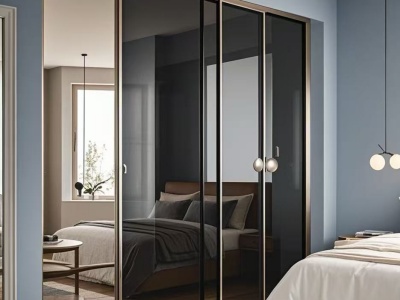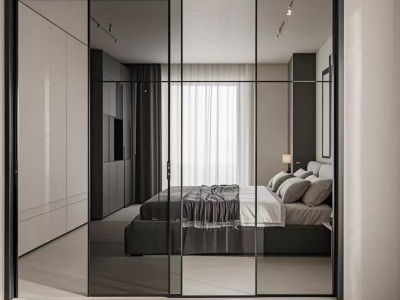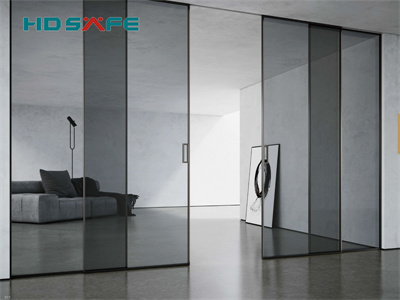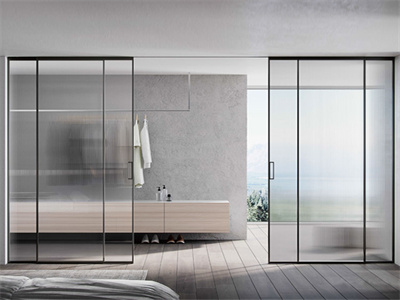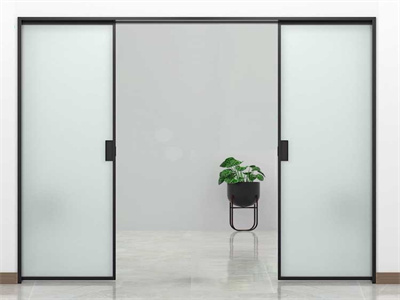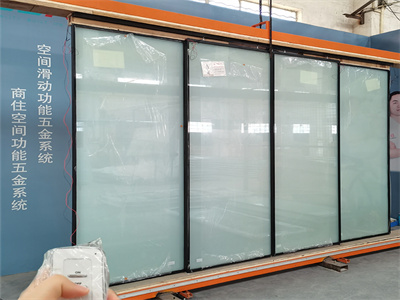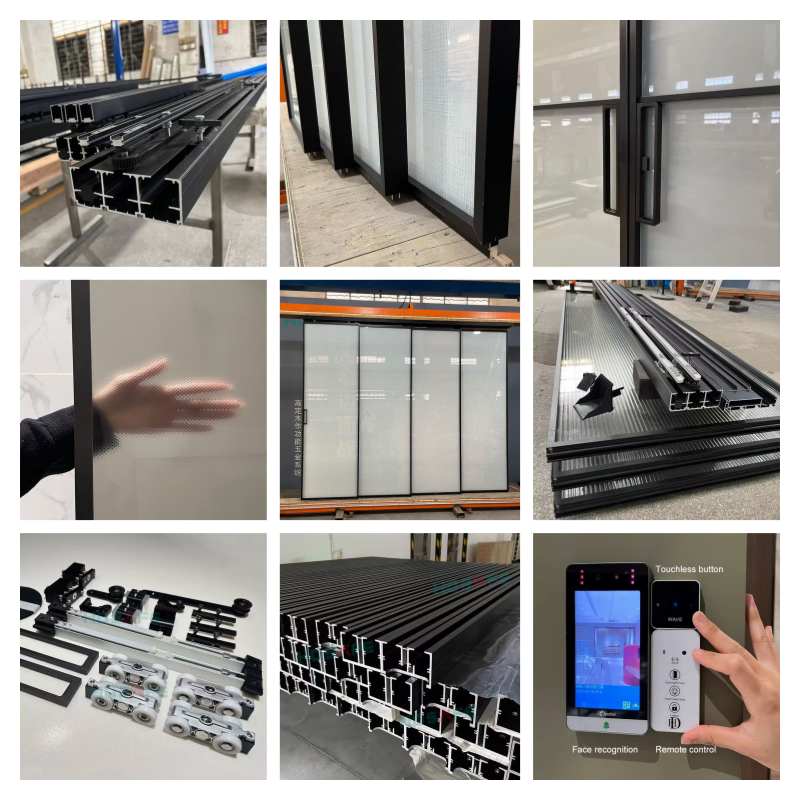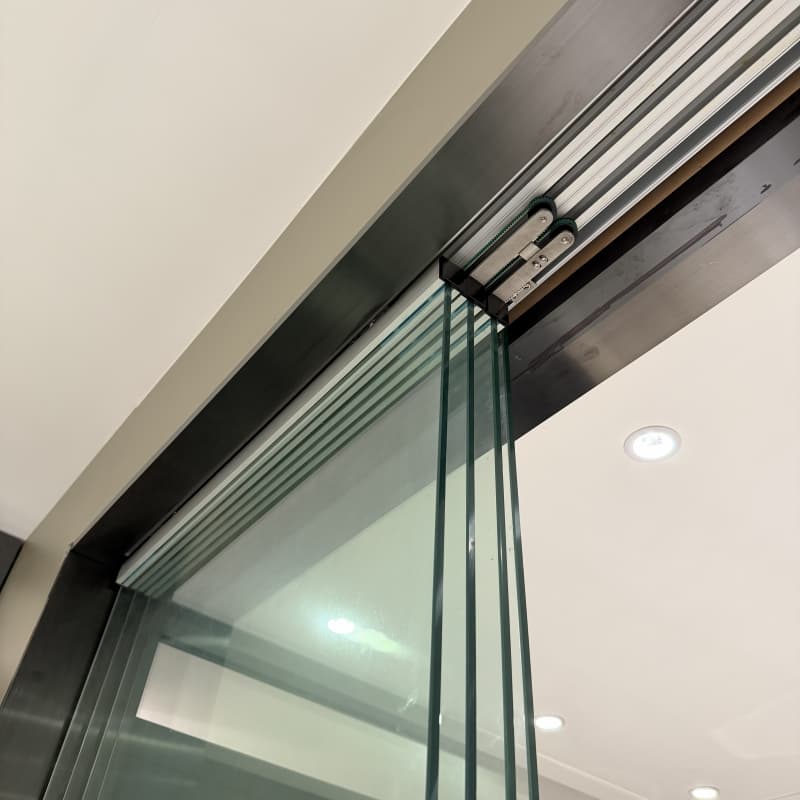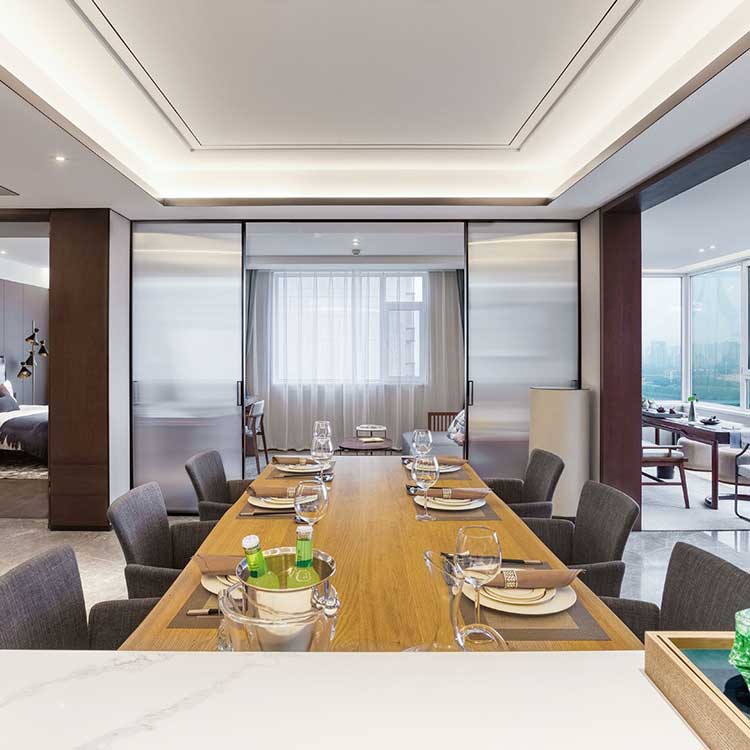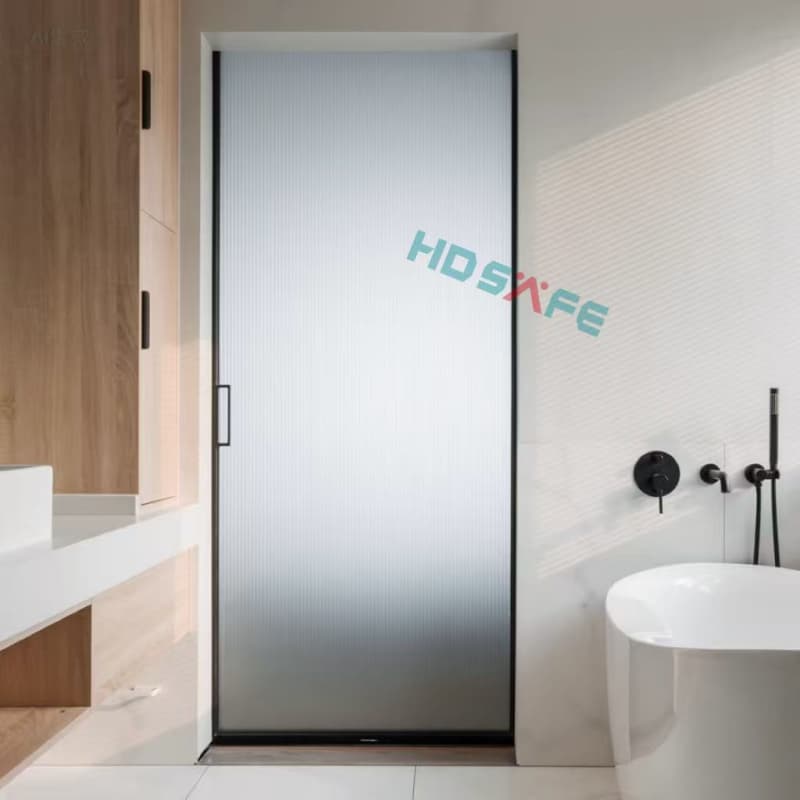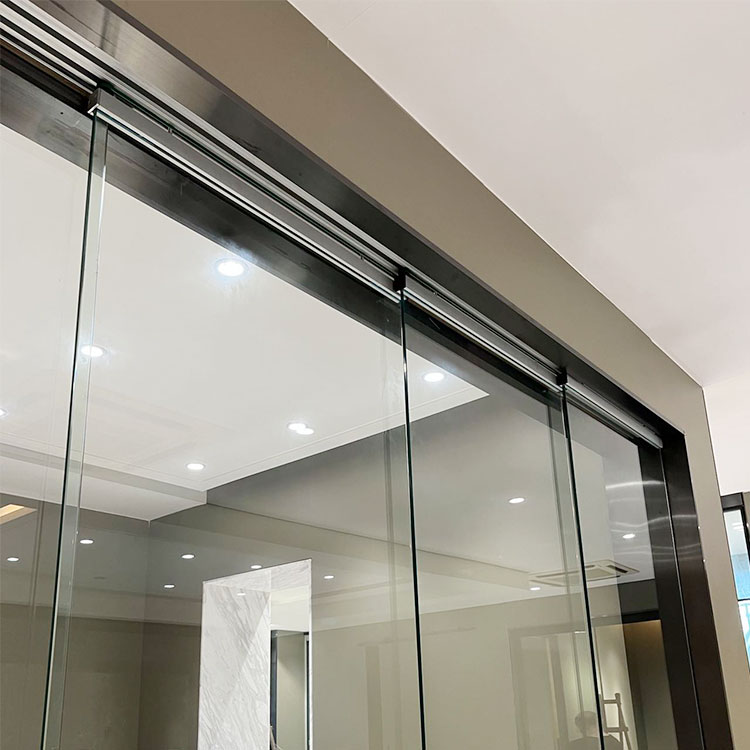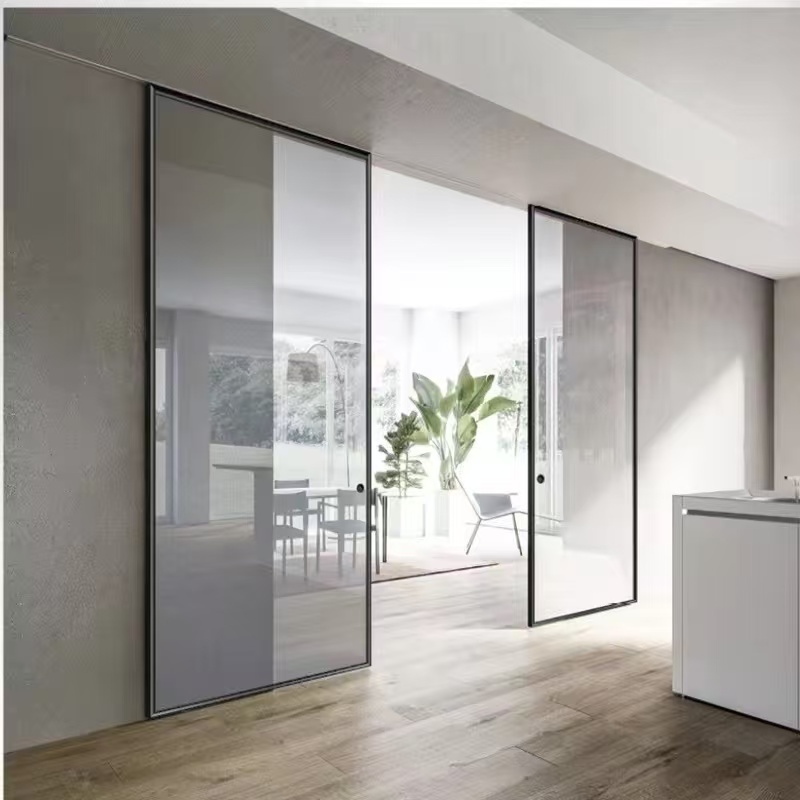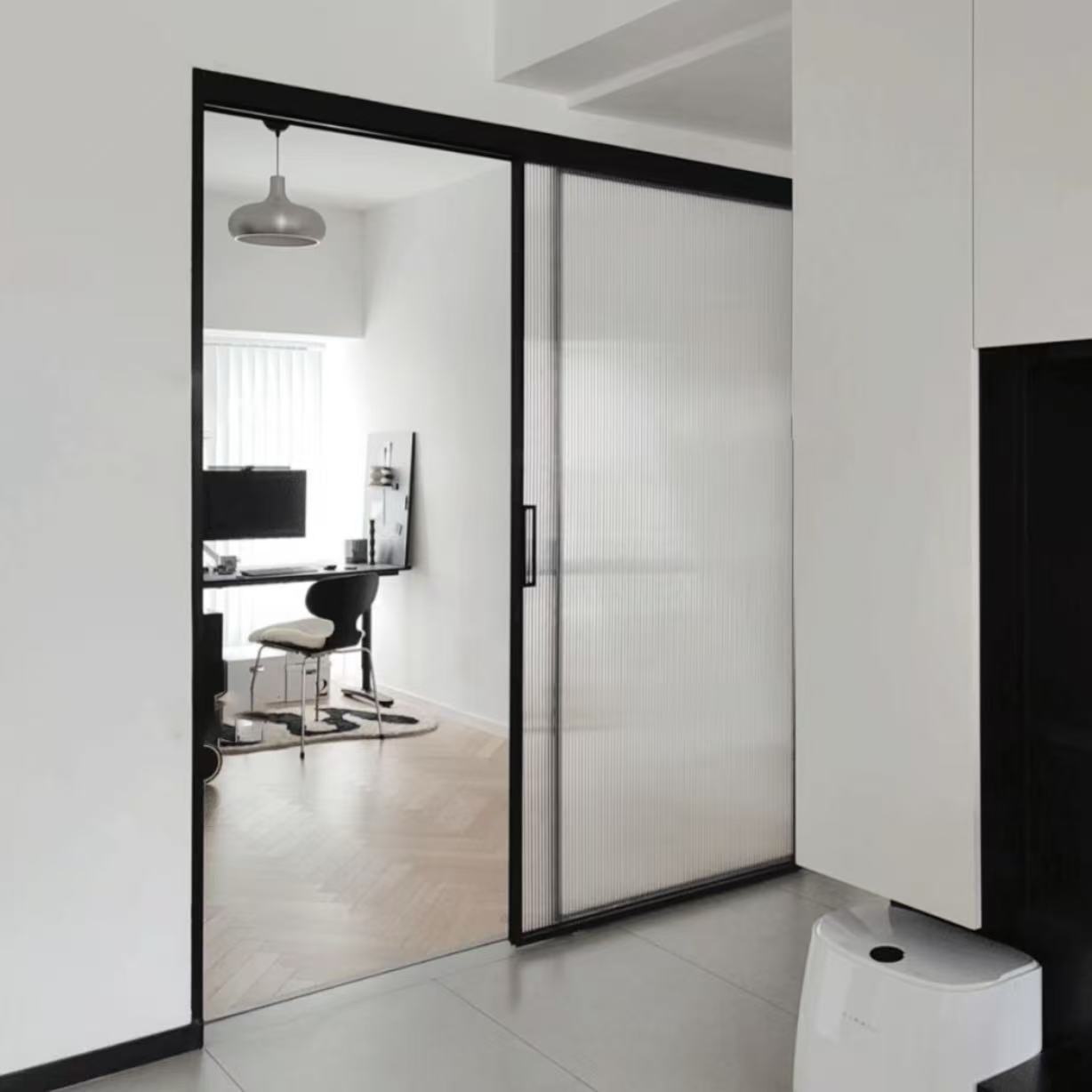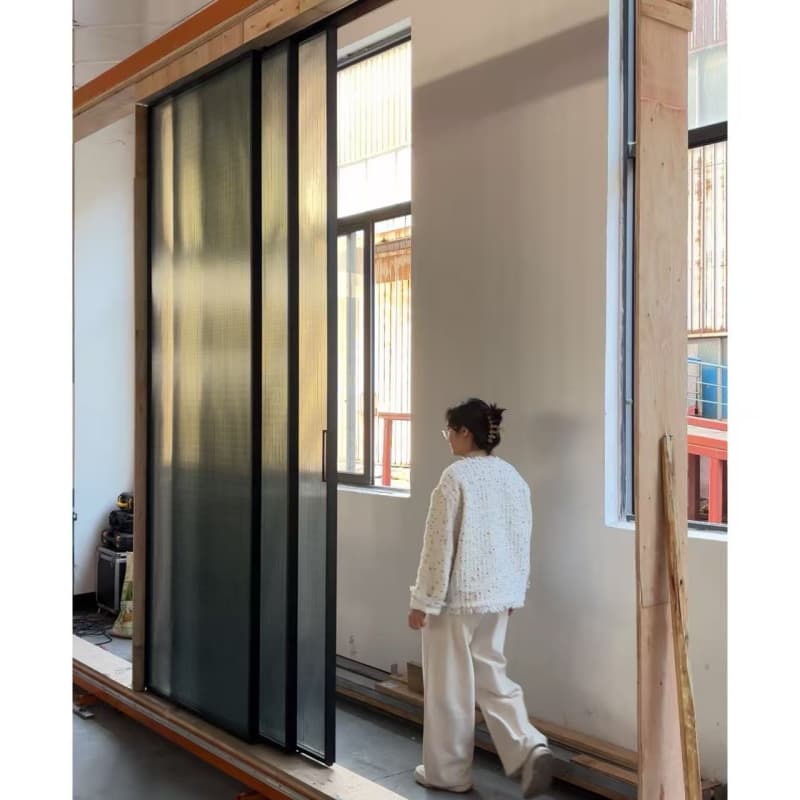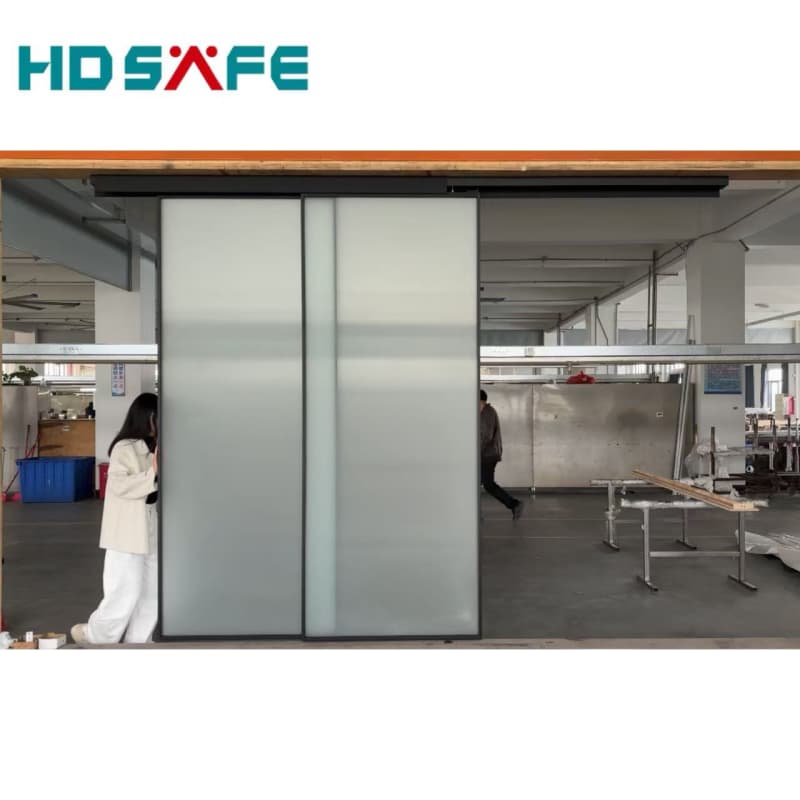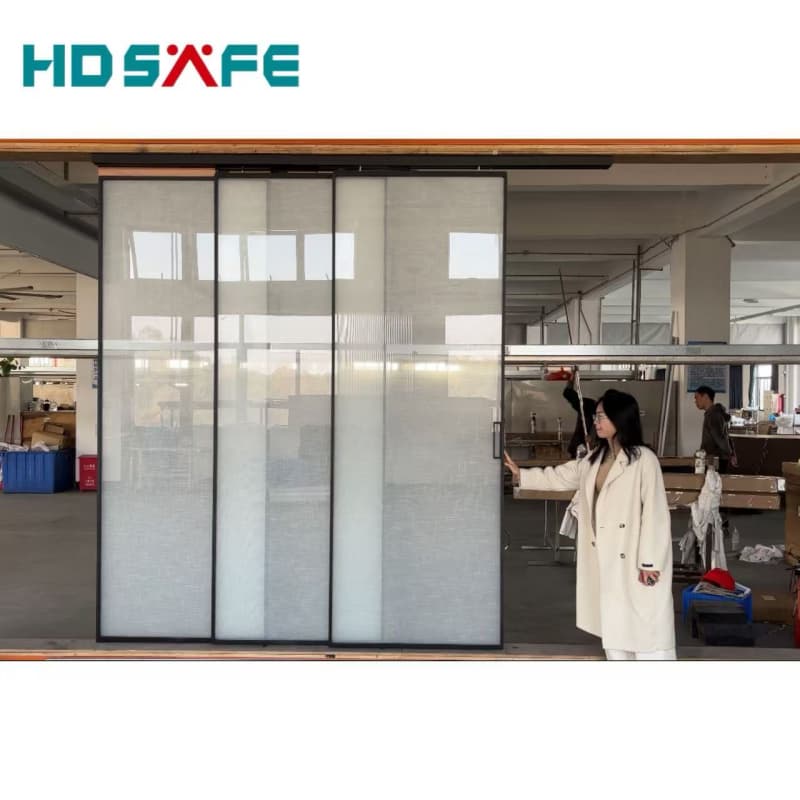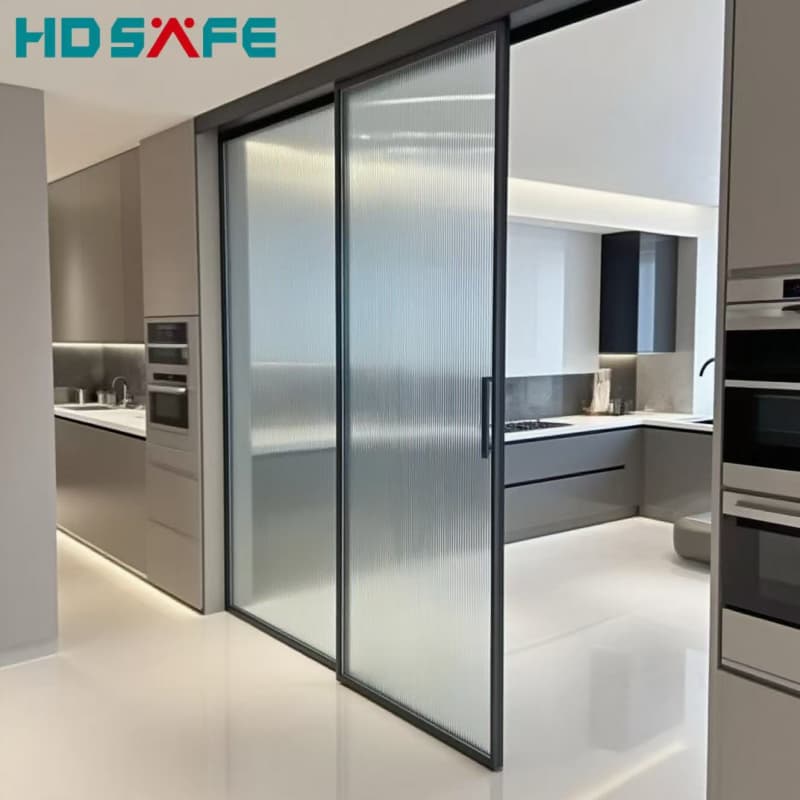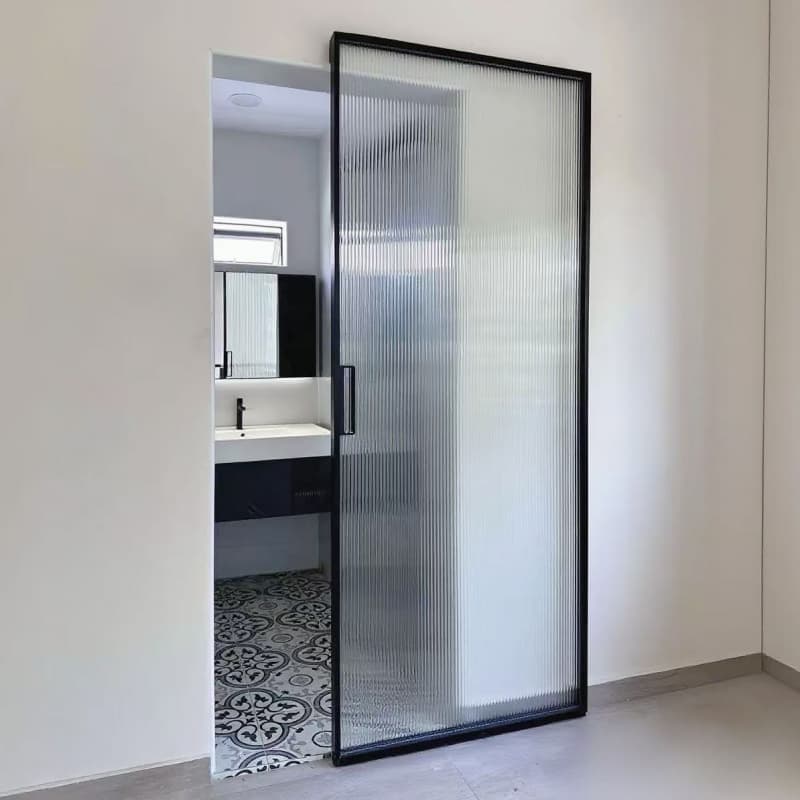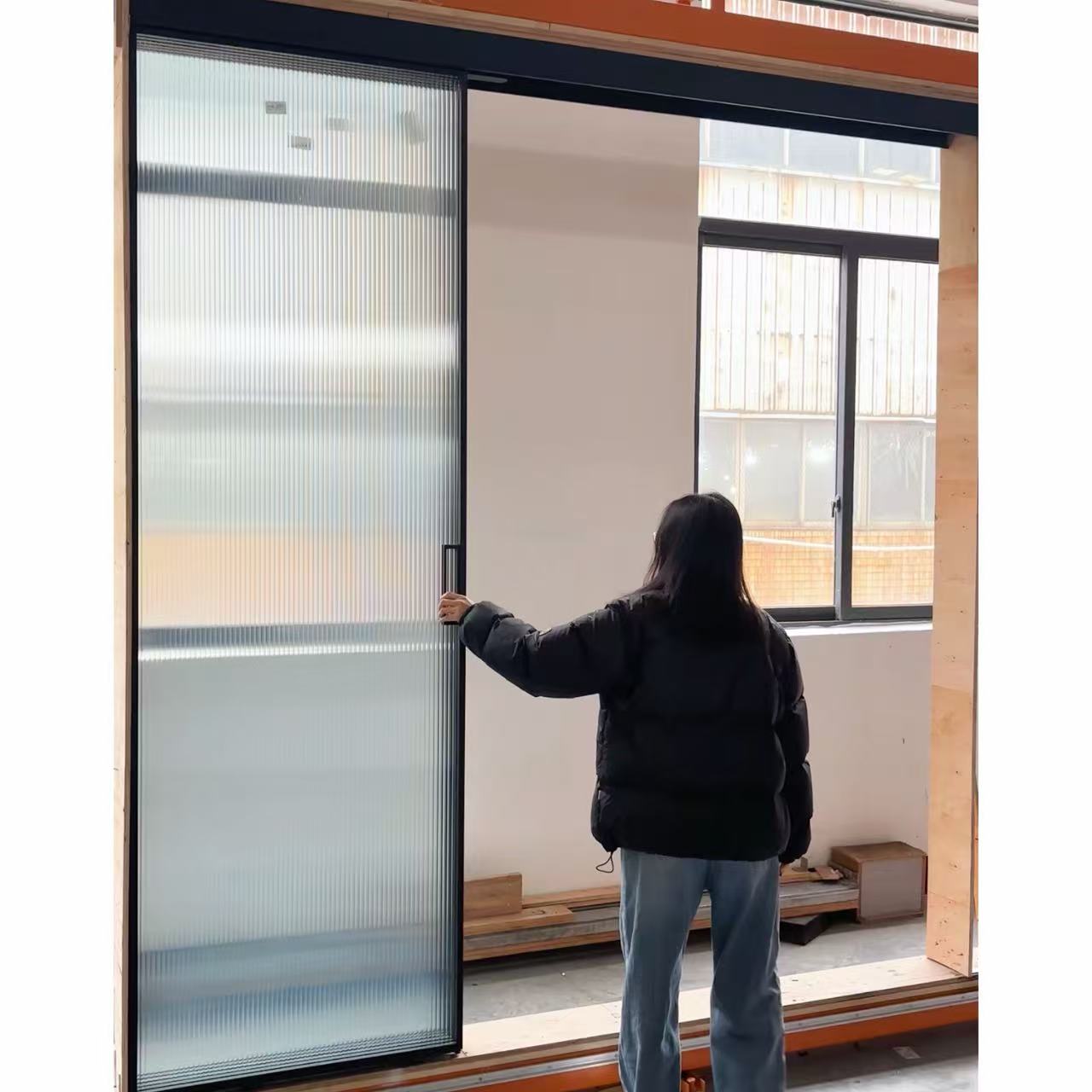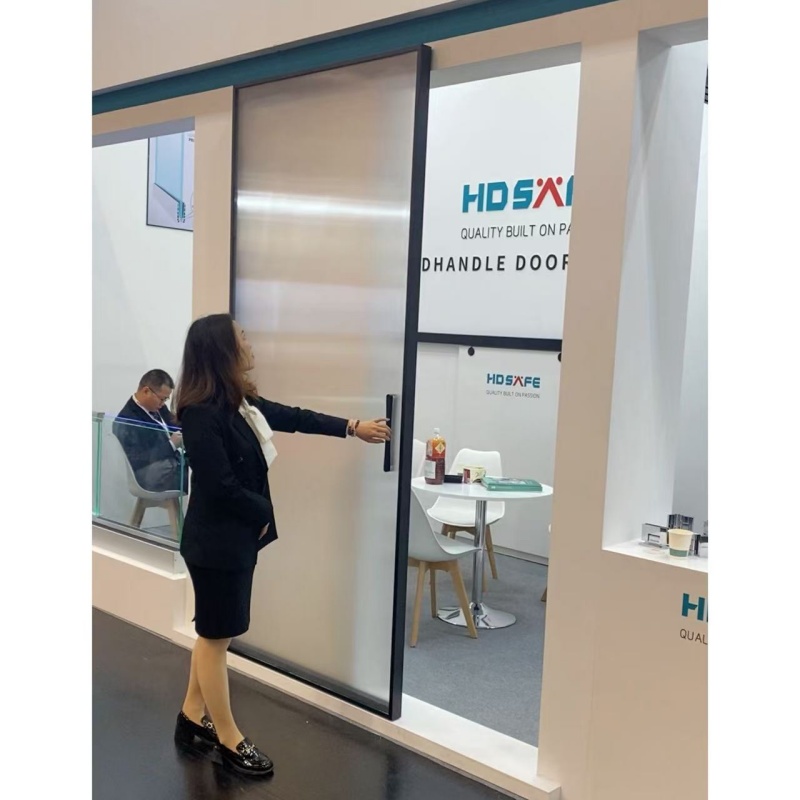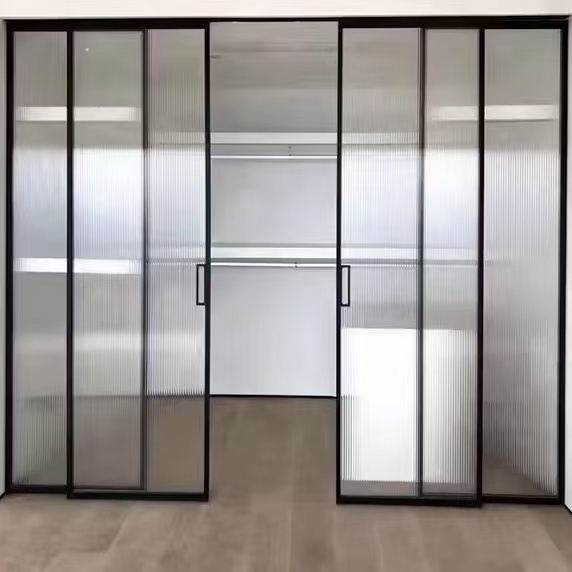The Elegance and Functionality of Interior Glass Sliding Doors: A Comprehensive Guide
Introduction
Interior design is an ever-evolving field where functionality meets aesthetics. Among the myriad of design elements available to homeowners and architects, interior glass sliding doors have emerged as a popular choice for their ability to enhance space utilization, improve natural light distribution, and elevate the overall visual appeal of a home. Whether used to separate living spaces, create privacy, or simply add a modern touch, these doors offer a seamless blend of practicality and style.
In this article, we will explore the various aspects of interior glass sliding doors, including their types, materials, benefits, installation considerations, maintenance tips, and design inspirations. By the end, readers will have a comprehensive understanding of why these doors are a worthwhile investment for modern interiors.
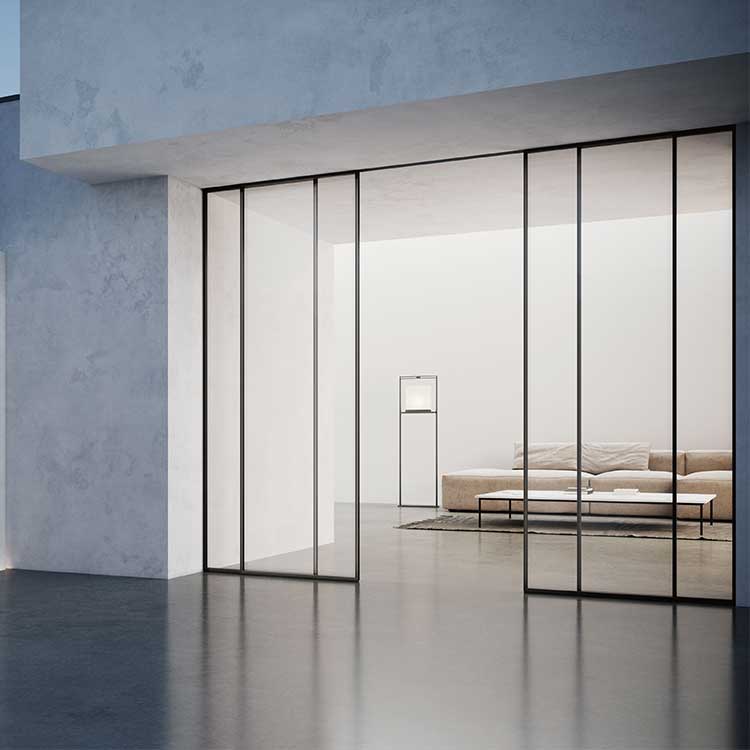
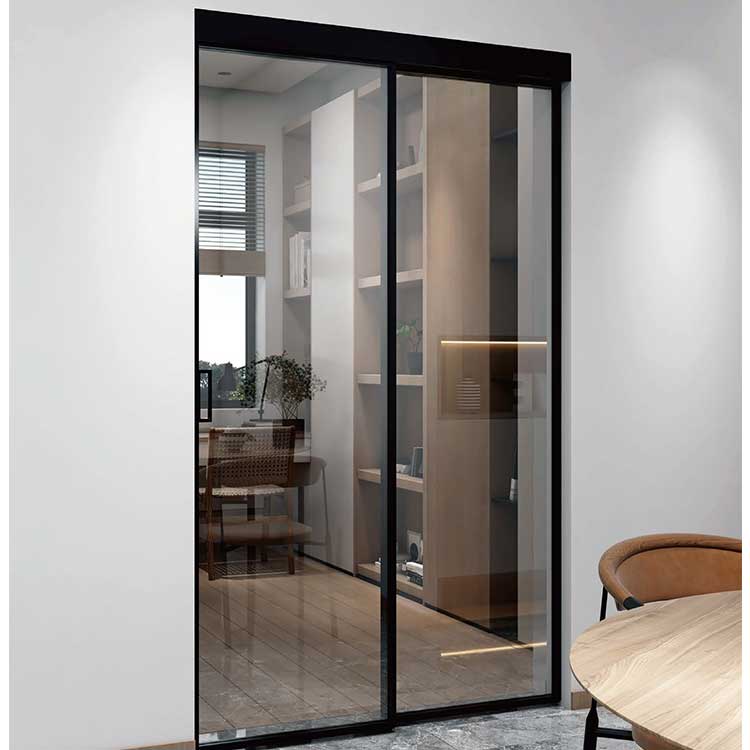
Types of Interior Glass Sliding Doors
Interior glass sliding doors come in several configurations, each serving different functional and aesthetic purposes. The most common types include:
1. Bypass Sliding Doors
These are the most traditional type, consisting of two or more panels that slide past each other on a track. They are ideal for closets, pantries, and room dividers where space-saving is crucial.
2. Pocket Sliding Doors
Pocket doors slide into a hidden compartment within the wall, completely disappearing from view when opened. This type is perfect for maximizing space in small rooms while maintaining an open feel.
3. Barn-Style Sliding Doors
Inspired by rustic farmhouse aesthetics, these doors feature a thick wooden frame with horizontal planks and often slide on a top track. They add a charming, industrial touch to modern interiors.
4. Frosted or Tinted Glass Sliding Doors
For those seeking privacy without sacrificing light, frosted or tinted glass options are ideal. They diffuse visibility while still allowing natural light to pass through.
5. Frameless Glass Sliding Doors
These minimalist doors offer an uninterrupted view, making them perfect for modern and contemporary spaces. They are often used in showers, balconies, and open-plan layouts.
Materials Used in Interior Glass Sliding Doors
The durability, appearance, and functionality of glass sliding doors depend significantly on the materials used. The most common materials include:
1. Tempered Glass
Tempered glass is four to five times stronger than regular glass and shatters into small, blunt pieces upon impact, making it a safer option for homes with children or pets.
2. Laminated Glass
Composed of multiple layers of glass with a plastic interlayer, laminated glass provides enhanced security and soundproofing, making it suitable for bedrooms and offices.
3. Wooden Frames
Wood remains a classic choice for sliding door frames due to its warmth and natural beauty. Common options include oak, pine, and mahogany, which can be stained or painted to match interior decor.
4. Aluminum Frames
Aluminum is lightweight, durable, and resistant to rust, making it an excellent choice for modern and minimalist designs. It is often used in frameless glass doors.
5. UPVC (Unplasticized Polyvinyl Chloride)
UPVC frames are cost-effective, energy-efficient, and low-maintenance, making them a practical choice for budget-conscious homeowners.
Benefits of Interior Glass Sliding Doors
Why have interior glass sliding doors become a staple in modern interior design? Here are the key advantages:
1. Space Efficiency
Unlike traditional hinged doors that require swing space, sliding doors move parallel to the wall, making them ideal for small apartments, studios, and tight corridors.
2. Enhanced Natural Light
Glass panels allow sunlight to flow freely between rooms, reducing the need for artificial lighting and creating a brighter, more open atmosphere.
3. Aesthetic Appeal
Glass sliding doors add a sleek, contemporary look to any space. Whether frosted for privacy or clear for an open feel, they enhance the visual flow of a home.
4. Versatility in Design
From minimalist frameless designs to rustic barn doors, glass sliding doors can be customized to fit any interior style, from modern to traditional.
5. Improved Accessibility
Sliding doors are easier to operate for individuals with mobility issues, as they do not require pushing or pulling like hinged doors.
Installation Considerations
Proper installation is crucial for the functionality and longevity of interior glass sliding doors. Key factors to consider include:
1. Wall Type and Structural Support
-
Drywall vs. Masonry: Pocket doors require a solid wall structure (preferably masonry or reinforced drywall) to support the hidden track.
-
Track Installation: Ensure the track is level and securely mounted to prevent door misalignment.
2. Door Size and Weight
-
Heavier glass panels may require sturdier tracks and rollers to ensure smooth operation.
-
Measure clearance space to ensure the door can slide without obstruction.
3. Hardware Selection
-
High-quality rollers, handles, and locks are essential for durability.
-
Soft-close mechanisms can prevent slamming and enhance user experience.
4. Ventilation and Privacy
-
If privacy is a concern, opt for frosted or textured glass.
-
Ensure proper ventilation if the door separates living spaces.
Maintenance Tips for Longevity
To keep interior glass sliding doors looking and functioning their best, regular maintenance is essential:
1. Cleaning Glass Panels
-
Use a glass cleaner or a mixture of vinegar and water to avoid streaks.
-
Avoid abrasive materials that can scratch the glass.
2. Lubricating Tracks and Rollers
-
Apply silicone spray or lubricant to the tracks every few months to ensure smooth sliding.
-
Remove debris that may cause friction.
3. Checking Hardware
-
Inspect handles, locks, and rollers for wear and tear.
-
Tighten any loose screws to prevent misalignment.
4. Preventing Warping
-
Ensure proper ventilation around wooden doors to prevent moisture damage.
-
Use hinges or stabilizers if the door starts to sag.
Design Inspirations and Trends
Interior glass sliding doors are highly versatile and can be incorporated into various design schemes. Here are some trending ideas:
1. Open-Concept Living Spaces
-
Use frameless glass doors to separate the living and dining areas while maintaining an open feel.
2. Bedroom and Bathroom Privacy
-
Frosted or tinted glass doors provide privacy while allowing light to pass through.
3. Modern Kitchen Pass-Throughs
-
Sliding glass doors can connect the kitchen to a dining area, creating a seamless flow for serving food.
4. Closet and Pantry Organization
-
Bypass sliding doors are perfect for maximizing closet space in small bedrooms.
5. Japanese-Inspired Shoji Screens
-
Traditional wooden-framed rice paper doors offer a unique cultural aesthetic.
Conclusion
Interior glass sliding doors are more than just a functional element—they are a design statement that enhances space, light, and style. Whether you prefer a modern frameless design, a rustic barn door, or a sleek pocket door, there is a glass sliding solution to suit every need.
By understanding the different types, materials, benefits, installation requirements, and maintenance tips, homeowners and designers can make informed decisions to elevate their interiors. With proper care, these doors can last for years while continuously adding value and elegance to any space.
If you're considering a home renovation or simply want to optimize your living space, interior glass sliding doors are undoubtedly a worthwhile investment.







 Home
Home Sep 29,2025
Sep 29,2025 
 The Evolution and Innovation of Trackless Sliding Doors: A Modern Architectural Marvel
The Evolution and Innovation of Trackless Sliding Doors: A Modern Architectural Marvel 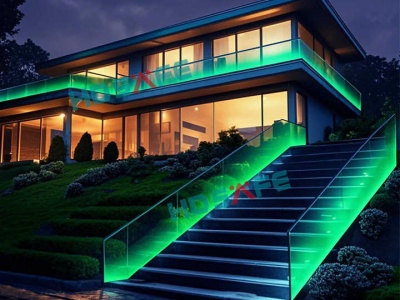
 May 28,2025
May 28,2025 
